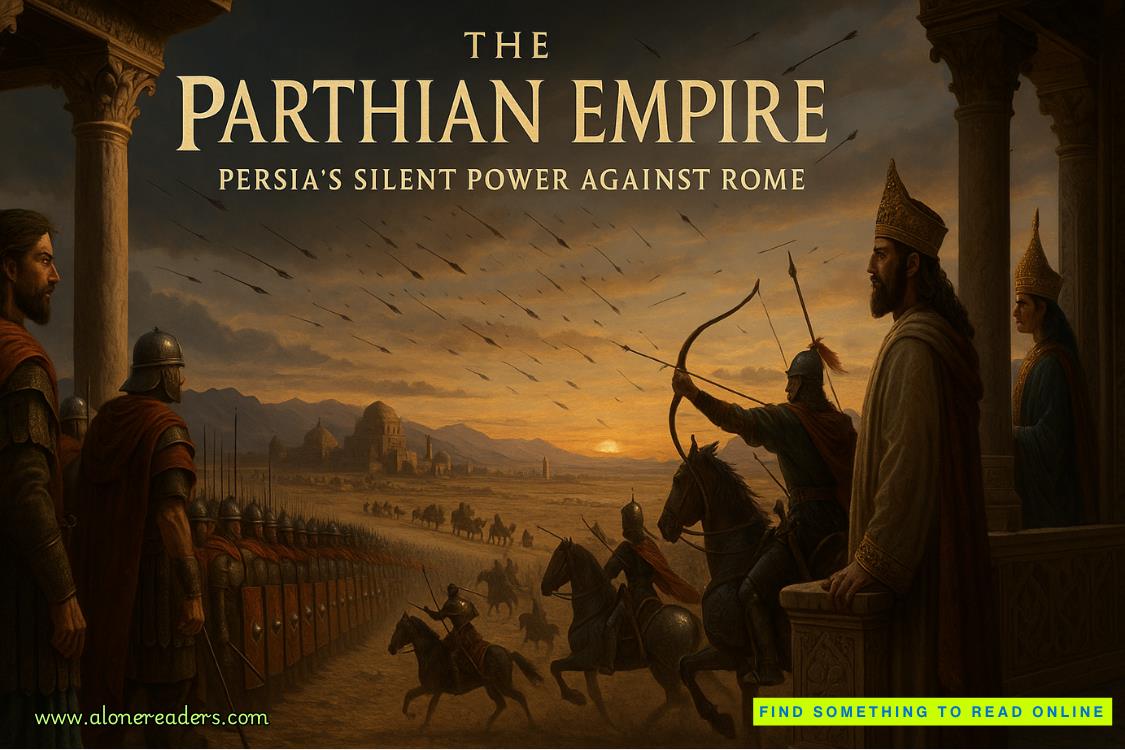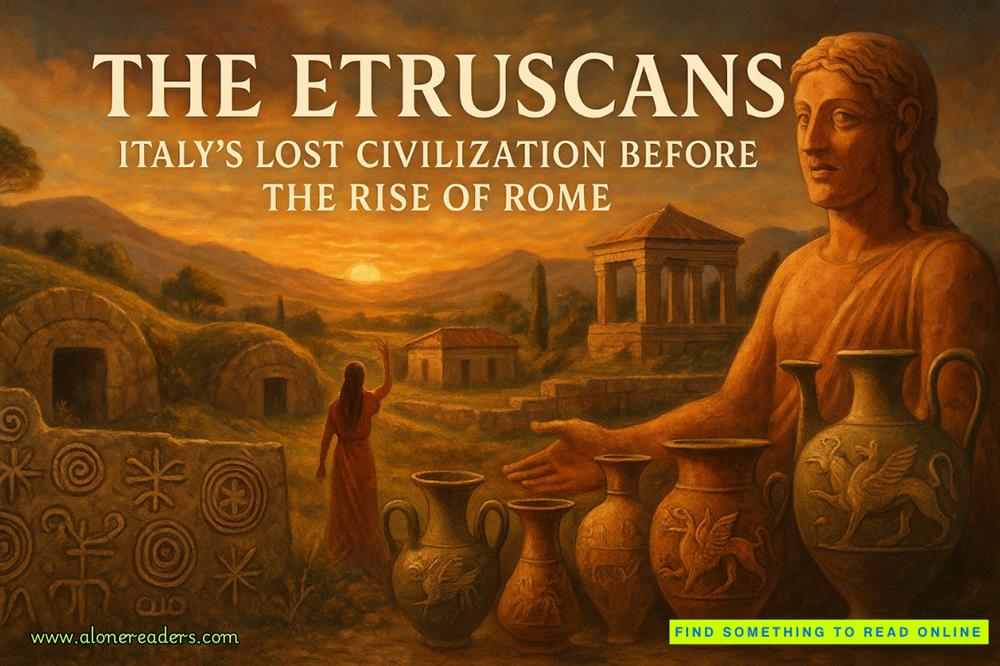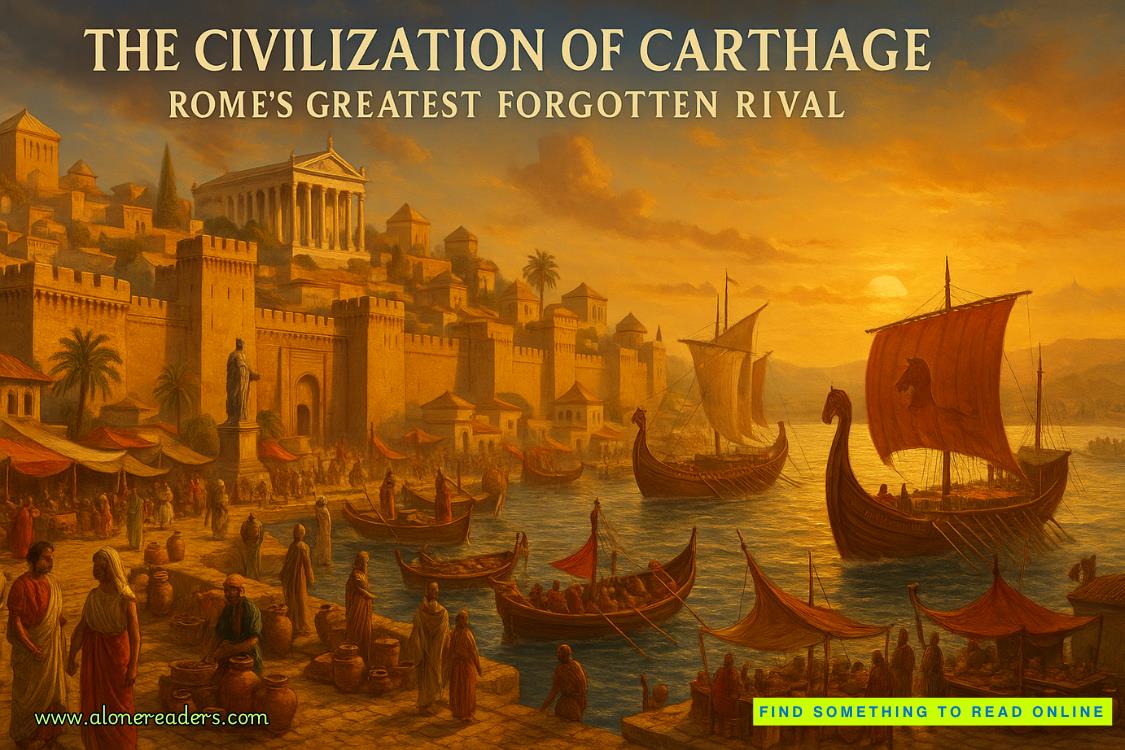Page 29 of Alex Cross Must Die
“Under Atlantic Avenue,” said Grey. “This tunnel was only in operation for a few years in the early 1900s.” She started leading the way toward the dig. “An engineering student rediscovered it in 1982 and started giving tours, then the city sealed it up again about twenty years ago. But obviously somebody’s been getting in—maybe through another access point. Somebody who knows the tunnels.”
Grey held up a plastic evidence bag with an irregular grey disk inside. “An inspector was down here taking soil samples this morning,” she said. “He pulled up a kneecap.”
They reached the edge of the mound. When Holmes looked down, his whole body began to tingle. The powerful lights illuminated a flat excavation about five feet deep. It was littered with isolated piles of human bones and skulls.
“Bare bones,” said Grey. “I mean literally. No flesh remaining. No traces of clothing. At first, we thought it might be Native Americans or a slave burial site, but they wouldn’t be this deep. We’re seventy feet below street level.”
A CSU team in white suits was sorting through the piles, brushing off dirt and placing the bones in rough anatomical positions. There appeared to be dozens of skeletons, in various stages of assembly. One of the techs held a femur up to the light. Actually,halfa femur.
Poe nudged Holmes. “Look at the edge. Saw cut.”
Holmes nodded. “No question.” At the same moment, he noticed something else.
A tech just beneath where he and Poe were standing was gentlyextracting a skull from a small depression. As he pulled, the mandible separated and dropped back into the dirt.
“Show me that skull!” Holmes called down.
The tech looked up at Grey.
“It’s okay,” she said. “He’s with me.”
“The jawbone too,” Holmes said impatiently. He took a pair of rubber gloves from his pocket and slipped them on.
The tech picked up the bony curve and held it up in one hand, while balancing the rounded skull in the other. Holmes squatted at the edge of the hole and pulled out his magnifying glass. He examined the arc of the jawbone and the lower edge of the upper jaw.
He looked around as other techs began turning the other skulls over, one by one. The techs looked at one another with puzzled expressions. All the jaws, including the one Holmes was holding, had one thing in common.
There was not a single tooth in any of them.
Holmes experienced what felt like an electric shock from head to toe. He was practically trembling with excitement. “This isn’t a burial ground,” he said from behind his mask. “It’s a dumping ground. These people were all murdered.”
Then he jumped down into the pit.
“Holmes! What the hell?” shouted Grey.
“He can’t help himself,” said Marple. “He has a passion for knowledge.”
“Bones are kind of his thing,” added Poe.
CHAPTER 28
IT WAS MIDNIGHT.Marple was back in her apartment, still blowing her nose. It had taken her two hot showers to get the taint of the subway tomb off her body. The scent still lingered in her nostrils, though. She couldn’t get rid of it—or the vision of all those bones in the dirt.
As always, Marple had been dazzled by Brendan’s on-site analysis. Even before the medical examiner showed up, he had identified the skeletons as a mix of male and female, all adults aged between twenty and thirty years old. No children or infants. No seniors. None of the craniums, vertebrae, or limbs showed any pre-mortem trauma. No bullet holes, fractures, or stab marks. Just neat separations made by sharp surgical blades, turning long bones into short ones.
According to Holmes, it appeared that dental pliers had been used to neatly remove the teeth, roots and all, leaving the sockets intact.
Somewhere at this very hour, Marple was certain, forensic scientists were attempting to date the bones and trying to extract DNA from the marrow. From what Holmes said at the scene, the bones definitely weren’t ancient. In fact, some were quite fresh. Thethought gave Marple a chill. The skeleton tunnel was less than two miles away. Whoever buried them could be still walking around, maybe even in this neighborhood.
As she settled into bed, Marple decided to distract herself in the best way she knew how: with another murder.
She set a black cardboard storage box on top of her quilted bedcover and pulled out a black-and-white photograph of a pretty, dark-haired girl standing with two coworkers in front of the bakery window.
Since the day she and her partners purchased this building, Marple had been collecting every scrap of information she could find about the young woman killed just one floor below.
Her name was Mary McShane, a nineteen-year-old Irish immigrant. From a passenger ship manifest, Marple determined that Mary had traveled across the Atlantic alone three years earlier, at age sixteen, without parents or relatives. She’d found work in the bakery, prepping supplies and staying overnight to make sure the ovens were at the right temperature when the bakers arrived for work at 3 a.m.
Mary’s name did not appear on the bakery payroll records, which told Marple that she was probably paid off the books, in cash and food. And maybe given a free room above the bakery.















